Organizational Structure of the Vocational Education and Continuing Education Center in Vietnam
The Organizational Structure of the Vocational Education and Continuing Education Center in Vietnam is specified in the Regulations issued together with Circular 01/2023/TT-BGDDT.
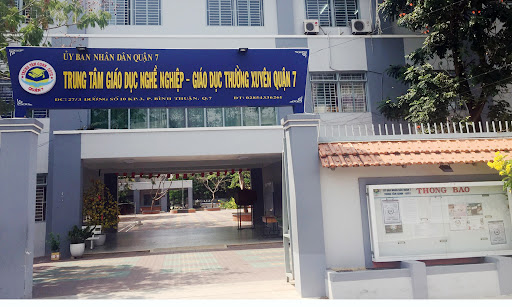
Organizational Structure of the Vocational Education and Continuing Education Center in Vietnam (Internet image)
1. Organizational Structure of the Vocational Education and Continuing Education Center in Vietnam
The organizational structure of the Vocational Education and Continuing Education Center, according to Article 5 of the Regulation issued together with Circular 01/2023/TT-BGDDT, is as follows:
The Center's organizational structure includes a director, deputy directors, specialized and professional departments, classrooms, production, business, and service units supporting educational and training activities (if applicable), commendation and discipline boards, scientific councils, and advisory boards (when necessary).
2. Duties and powers of the Vocational Education and Continuing Education Center in Vietnam
The duties and powers of the Vocational Education and Continuing Education Center in Vietnam, as stated in Article 4 of the Regulation accompanying Circular 01/2023/TT-BGDDT, are as follows:
- Organizing and implementing educational and training programs:
+ Literacy programs.
+ Regular education programs leading to diplomas in the national education system, including regular secondary education programs and regular high school education programs for individuals eligible for social policies, people with disabilities, target subjects of compulsory education age according to the annual plan of the local authorities, and workers who need to complete general education programs.
+ Education programs meeting the demands of learners, updating knowledge and skills in various fields such as law, culture, society, sports, arts, environment, health, economics, and finance; skills training programs; technology transfer programs in labor and production to enhance labor productivity.
+ Training programs to improve professional competence, vocational skills, including language training, computer skills, and cultural knowledge; regular training for teachers; training for teachers of preschools, primary schools, and secondary schools on organizing experiential and career orientation activities; other training programs to enhance professional competence and vocational skills for officials, civil servants, and employees according to the local plan and lifelong learning needs of the people.
- Investigating learning needs and professional competence levels in the area, determining learning content, and proposing to the Department of Education and Training and local authorities the organization of appropriate educational and training programs and forms of learning for each target group.
- Coordinating with other general education institutions, vocational education institutions, and other continuing education institutions in the area to implement knowledge and skills training programs, experiential activities, and other educational support activities according to the learners' needs and the schools' requirements.
- Implementing primary level training or linked training at the primary, intermediate, and college levels as regulated by the Ministry of Labor - Invalids, and Social Affairs; linked university training as regulated by the Ministry of Education and Training.
- Exercising autonomy as regulated by the law and the following specific provisions:
+ Deciding on the goals, mission, strategies, and development plans of the Center.
+ Deciding on the establishment of the organizational structure, developing the teaching staff, and managerial personnel based on the strategic and development planning of the Center; stipulating the functions and tasks of the organizations within the Center.
+ Managing financial resources, investing in developing conditions to ensure the quality of training as prescribed by the law; deciding on tuition fees for education programs to meet the learners' needs according to the regulations on financial autonomy for the Center.
+ Enrolling and managing learners; developing educational programs; organizing the compilation or selection of appropriate learning materials for the educational objectives of each program; managing and issuing certificates to learners as prescribed by the law.
+ Organizing and implementing scientific research and technology activities, international cooperation according to the strategies and development plans of the Center; ensuring the quality of education at the Center; and selecting organizations to assess the quality of education for registration and accreditation.
- Mobilizing, managing, and utilizing resources as prescribed by the law.
- Constructing, investing, managing, and efficiently using infrastructure, educational equipment according to the requirements of the education and training programs.
- Recruiting, employing, and managing teachers, managerial personnel, and civil servants; organizing professional updating and improvement for teachers; organizing social activities for teachers, civil servants, and learners.
- Implementing democratic regulations within the Center.
- Implementing the information and reporting regime and being responsible for accountability to competent authorities, learners, and society.
- Other duties and powers as prescribed by the law.
- Regulations on the Effectiveness of the Latest Land Recovery Notification
- Guidance on Extending the Deadline for Paying Special Consumption Tax on Locally Produced or Assembled Automobiles
- Prohibited acts of accreditors of higher education and pedagogical colleges in Vietnam
- Criteria for assessment of construction of safe schools for prevention and control of accidents and injuries
- Guidance on allocating merit money excluding purposeful funds allocated to the Monument Management Board in Vietnam
- Specific expenditures in the protection and promotion of monument values in Vietnam
-
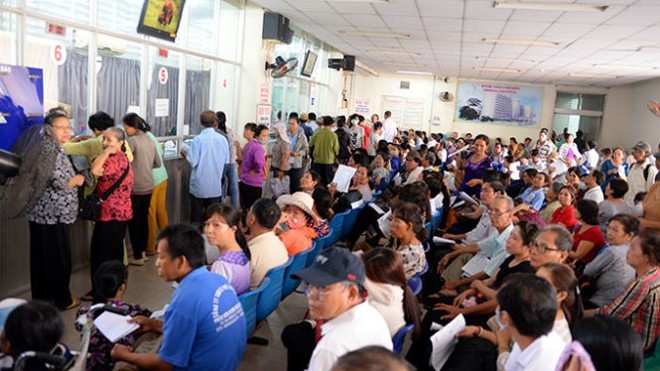
- Ministry of Health's response to the petition ...
- 10:00, 01/09/2024
-
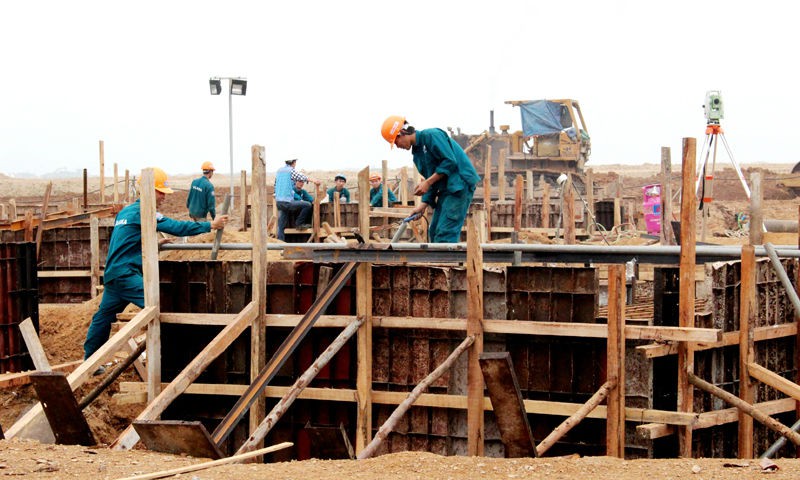
- Vietnam’s announcement of rates of investment ...
- 16:00, 31/08/2024
-
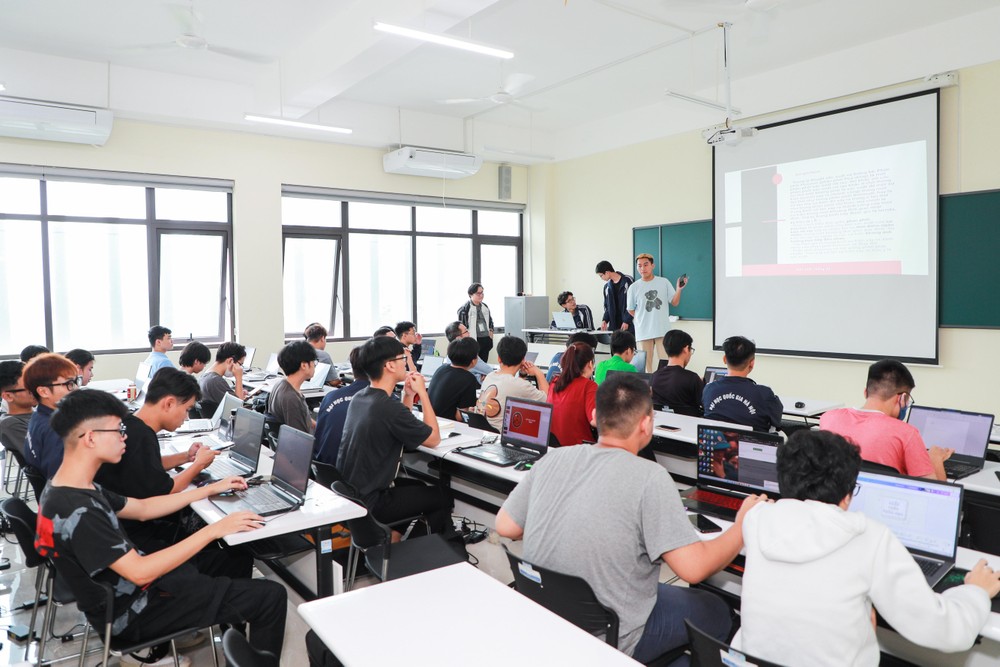
- Prohibited acts of accreditors of higher education ...
- 13:00, 31/08/2024
-
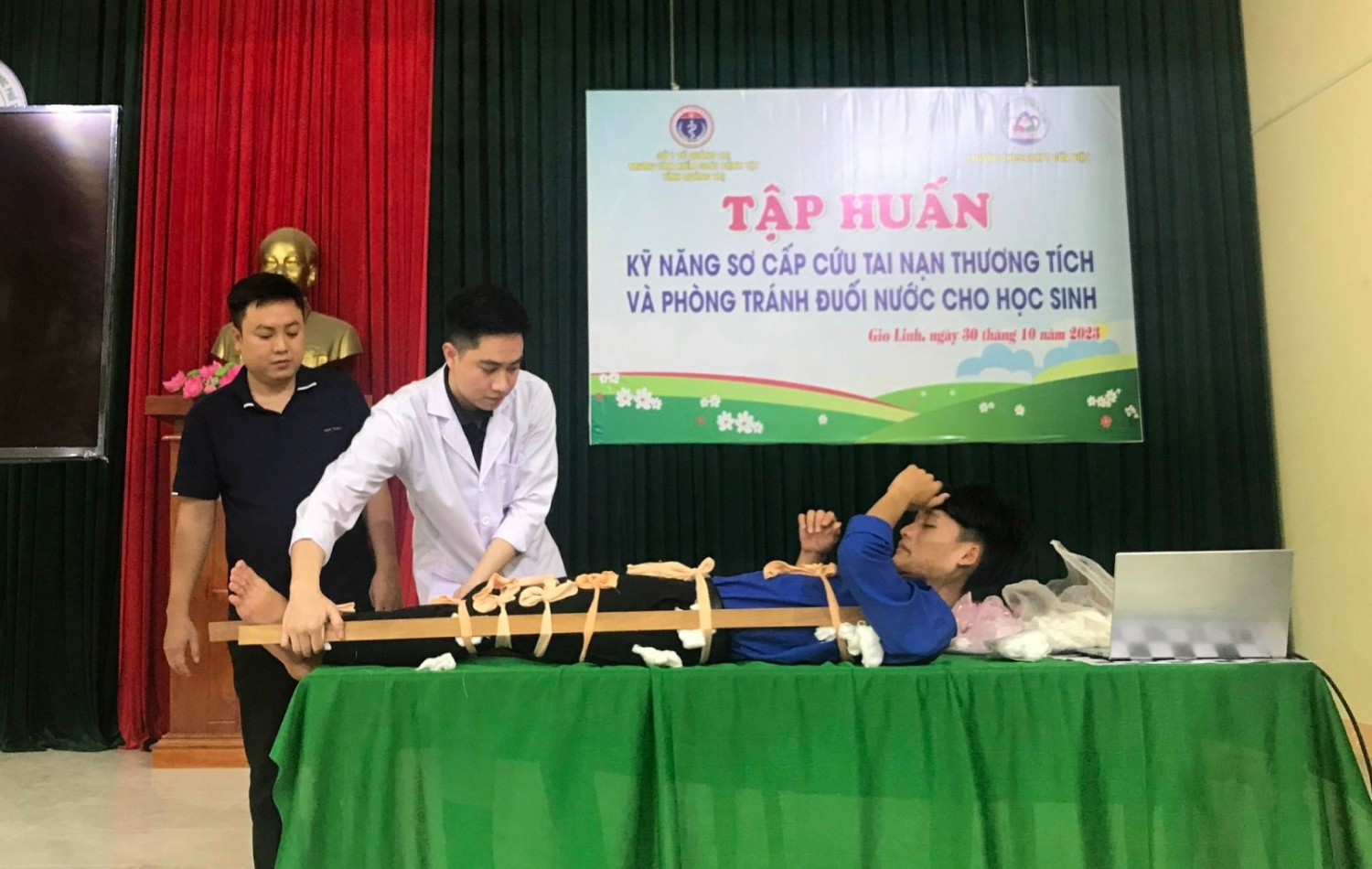
- Criteria for assessment of construction of safe ...
- 12:30, 31/08/2024
-

- Research on banking services exclusively for the ...
- 12:00, 31/08/2024
-

- Ministry of Health's response to the petition ...
- 10:00, 01/09/2024
-

- Regulations on Study Time for Primary School Students ...
- 09:00, 01/09/2024
-

- State Policy on Road Traffic Order and Safety ...
- 08:00, 01/09/2024
-

- Regulations on the Effectiveness of the Latest ...
- 18:30, 31/08/2024
-

- Regulations on the System of National Defense ...
- 18:00, 31/08/2024

 Article table of contents
Article table of contents
